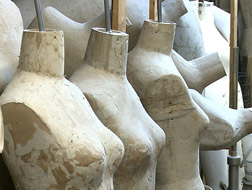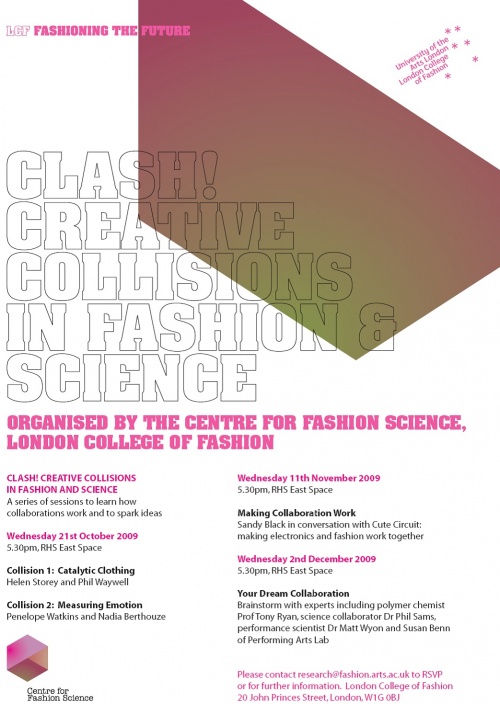Over a two-year period, Russell managers carried out a campaign of retaliation and intimidation in order to stop workers at two of the company’s Honduran factories from exercising their right to organize and bargain collectively. (People & Planet)
Below is a message from Fashioning an Ethical Industry (FEI):
People and Planet and Labour behind the Label present Reyna Martinez – sharing her story of the mission to defend the human rights’ of factory workers supplying Fruit of the Loom in Honduras.
On November 7, 2008, a 36-page report documented serious violations of workers rights by the Russell Corporation, a company wholly owned by Fruit of the Loom. Over a two-year period, Russell managers carried out a campaign of retaliation and intimidation in order to stop workers at two of the company’s Honduran factories from exercising their right to form a trade union and bargain collectively.
The courage of workers in Honduras and a university boycott has forced Fruit of the Loom to listen to the pleas of their employees, and they are now negotiating with the union in Washington DC, which they previously refused to do.

Hear Reyna Martinez’s story:
24th November: Edinburgh University David Hume Tower, Conference Room
25th November: Birmingham University, Guild Council Chambers
26th November: Oxford University
27thNovember: Bristol Kino Cafe, Nice Tree Hill
30th November: London UCL University
For further information on the speaker tour please see the People and Planet website
Source: People and Planet, via FEI
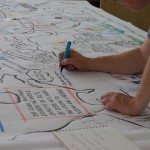

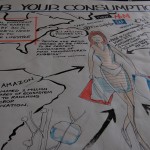
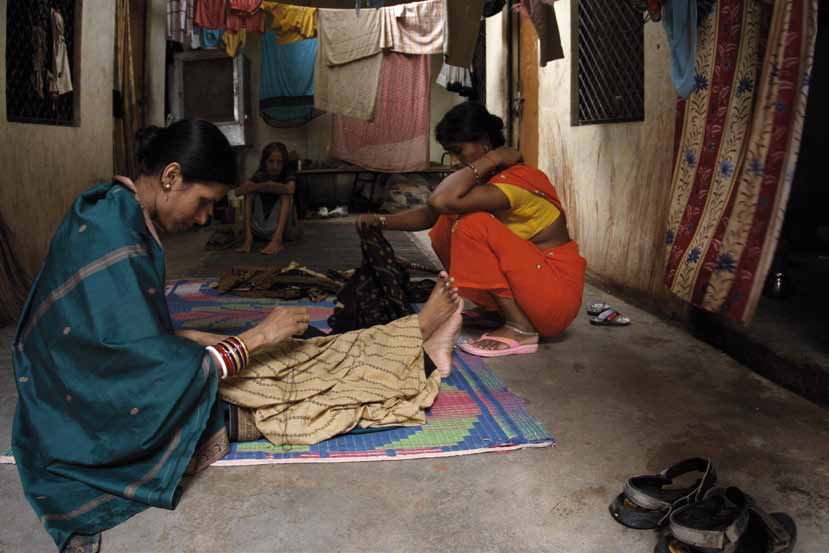
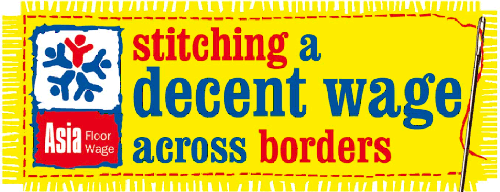
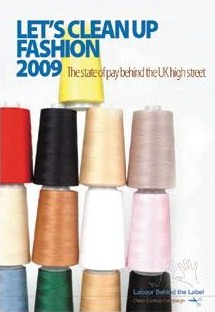
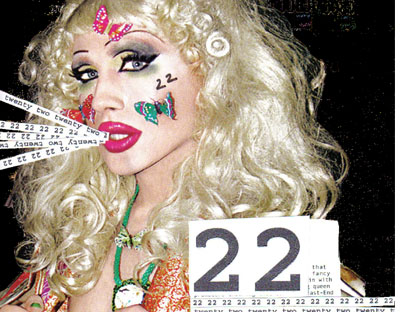 22 magazine
22 magazine
 ‘Six’
‘Six’ 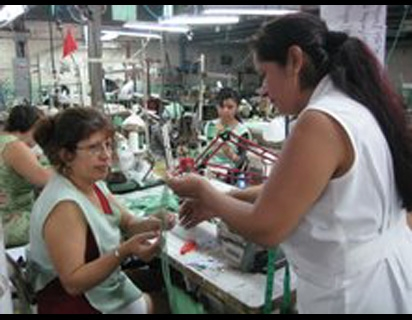 Can El Salvador develop and sustain homegrown design
Can El Salvador develop and sustain homegrown design 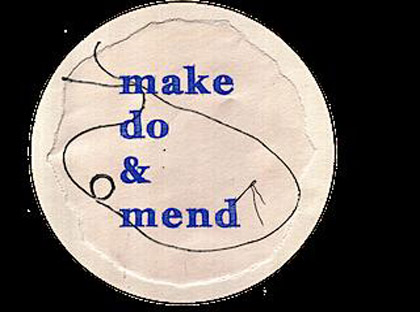
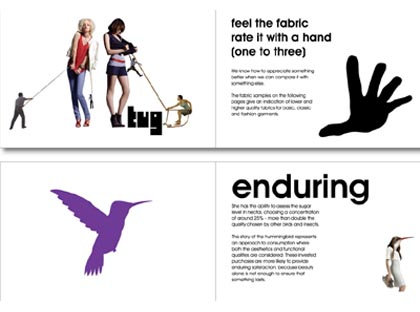 Consumer Guidebook Nectar
Consumer Guidebook Nectar 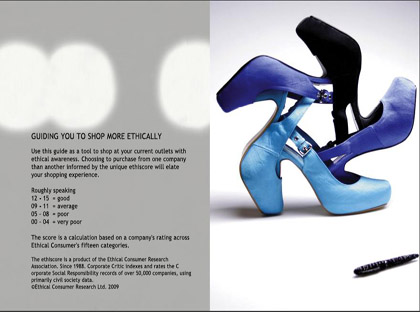 FILM CLIP and ‘Ethical Shopping Guide’
FILM CLIP and ‘Ethical Shopping Guide’ 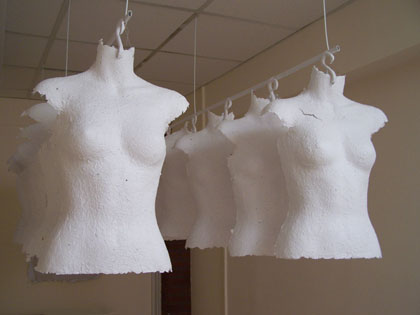 Installation in response to exploitation of garment workers
Installation in response to exploitation of garment workers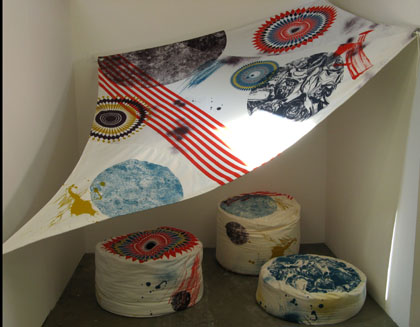 ‘Designing Happiness’
‘Designing Happiness’
